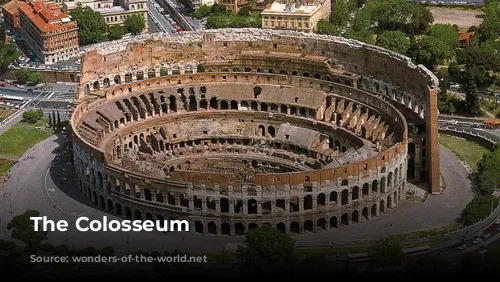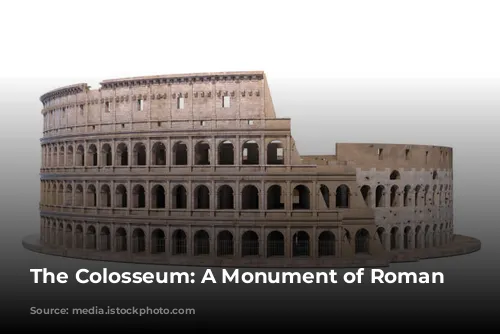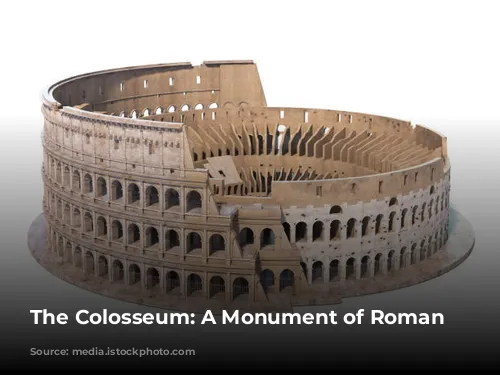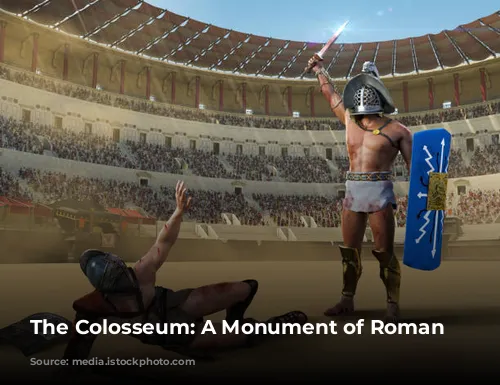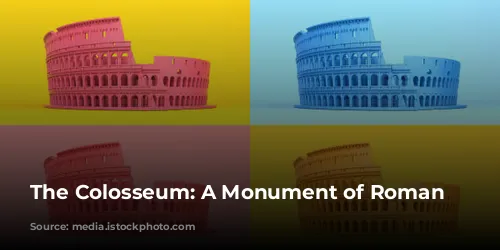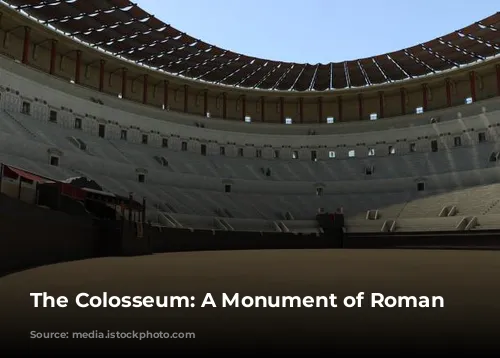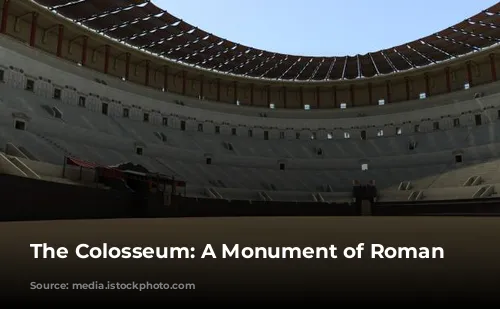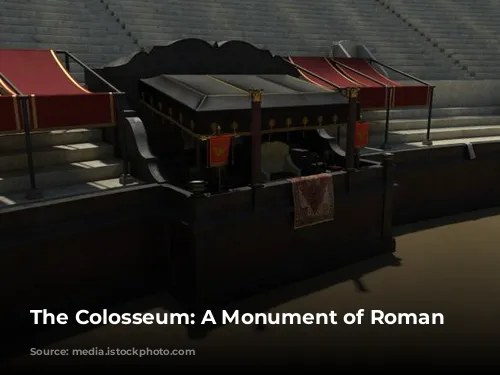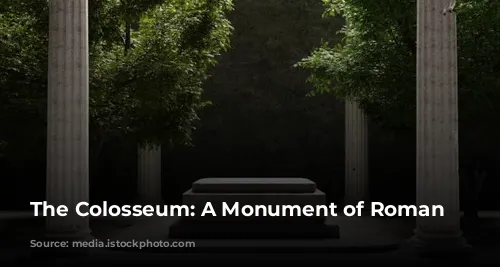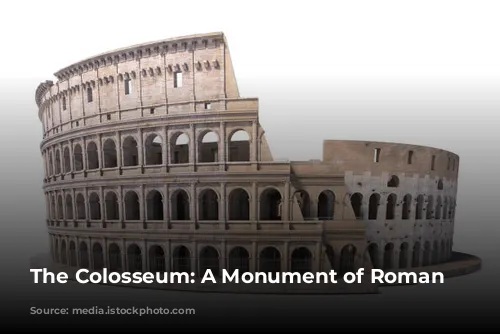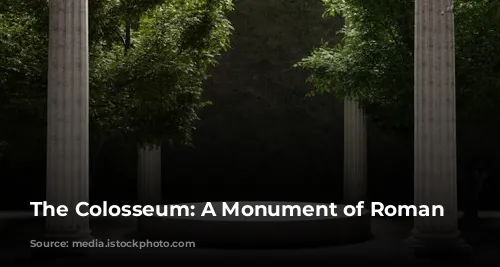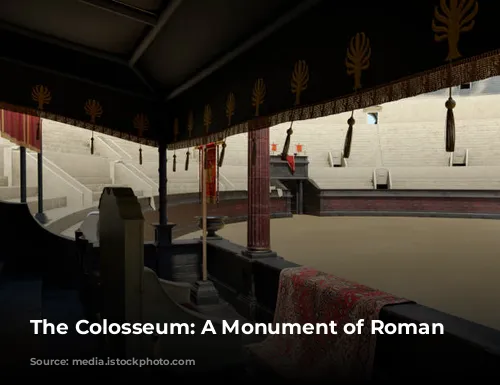The Colosseum, a colossal amphitheater, stands as a testament to the Roman Empire’s might and ingenuity. Its size dwarfs other amphitheaters built throughout the empire, a deliberate statement of Roman supremacy. The very existence of this architectural marvel, exceeding even those in North Africa and Eastern Europe, emphasizes Rome’s dominant position as the heart of the empire.
A Monument of Majestic Proportions
The Colosseum, though seemingly circular, is actually ovoid, resembling the shape of an egg. This unique form, an ellipse with multiple centers, is emphasized by the significant difference between its length (187.75 meters) and width (155.60 meters). Its height, reaching 50.75 meters from the ground to its highest point, is truly impressive, even without the towering masts that once adorned its summit.
Structure and Spectacle
The Colosseum’s structure comprises a central arena, surrounded by tiered terraces and a facade, which, unlike the stands, remains incomplete, allowing us to glimpse the building’s inner workings. The arena itself is vast, measuring 83 meters in length and 48 meters in width. This elongated shape further accentuates the Colosseum’s ovoid form, making the arena appear even more oval.
While the Colosseum’s ovoid shape is striking, it’s worth noting that the Romans often built their amphitheaters with this design. This architectural choice was not unique to the Colosseum, but rather a common practice throughout Roman history.
A Facade of Architectural Mastery
The Colosseum’s facade is adorned with 80 arcades spanning three levels. Each arcade is 4.2 meters wide and 6.45 meters tall, except for those on the lower level, which stand at a height of 7.05 meters. These arches, with their intricate details, add to the Colosseum’s imposing presence.
A City Within a City
The Colosseum’s immense capacity, estimated between 75,000 and 80,000 spectators, rivals the population of a modern-day medium-sized city. On days of spectacle, the city of Rome would see a significant portion of its population gather within the Colosseum’s walls. This remarkable gathering of people highlights the importance of this arena, where every word spoken could resonate across thousands of ears.
A Place of Hierarchy
The Colosseum’s seating arrangement reflected the social hierarchy of ancient Rome. The more influential the individual, the closer they sat to the arena, emphasizing the importance of status within Roman society.
A Comparison of Roman Amphitheaters
To further appreciate the Colosseum’s sheer scale, let’s compare it to other Roman amphitheaters. The ampitheater at Leptis Magna, built in 56 AD by Nero, measures 121 x 111 meters with an arena of 57 x 47 meters. Situated on the North African coast, in modern-day Libya, it serves as a reminder of the Roman Empire’s vast reach.
The ampitheater at Pompeii, built in 80 BC by Caius Quinctius Valgus and Marcus Porcius, is one of the oldest permanent Roman amphitheaters. With dimensions of 135 x 104 meters and an arena of 67 x 35 meters, it predates the Colosseum by over a century. Its well-preserved ruins offer a glimpse into ancient Roman entertainment.
Traveling to France, we find the arenas of Nîmes, begun in 90 AD, just ten years after the Colosseum. These arenas are impressive in their size (133 x 101 meters), with an arena of 69 x 38 meters.
Merida, in Spain, boasts the ruins of a Roman amphitheater built in 8 BC, measuring 126 x 65 meters. Finally, the ampitheater of Pula, in Croatia, built in 79 AD, is contemporary with the Colosseum, measuring 133 x 105 meters.
These comparisons illustrate the magnitude of the Colosseum. While other amphitheaters were significant, the Colosseum’s size and grandeur set it apart as a symbol of Roman power and a testament to the empire’s architectural brilliance.
